In the realm of retirement savings and investment, the 401(k) plan stands as one of the most well-known and widely used vehicles for building financial security during one's working years and into retirement. However, when discussing retirement accounts, the term "4013(b)" does not typically exist. Instead, we will explore the concept of a "401(k) plan" and what it entails in the context of investment and retirement planning.
What is a 401(k) Plan?
A 401(k) plan is a tax-advantaged retirement savings and investment account established by employers for their employees. These plans are named after the section of the U.S. Internal Revenue Code that governs them. While "401(k)" is the standard term, there are other variations, such as the 403(b) plan, which is commonly used by nonprofit organizations and certain educational institutions.
How Does a 401(k) Plan Work?
Here are key features and workings of a 401(k) plan:
1. Employee Contributions: Employees can elect to have a portion of their pre-tax salary deducted and contributed to their 401(k) account. This contribution reduces their taxable income for the year, potentially lowering their current tax liability.
2. Employer Contributions: Many employers offer a matching contribution, where they contribute a certain percentage of the employee's salary to the 401(k) account. This is essentially free money for employees and enhances their retirement savings.
3. Tax-Deferred Growth: Once the money is in the 401(k) account, it can be invested in a range of investment options, such as stocks, bonds, mutual funds, and more. Gains on these investments grow tax-deferred, meaning no capital gains tax is due until funds are withdrawn.
4. Withdrawal Rules: Funds in a 401(k) are intended for retirement, and there are penalties for withdrawing funds before reaching the age of 59½, with certain exceptions. Withdrawals are generally taxed as ordinary income.
5. Portability: Employees typically have the option to roll over their 401(k) funds into another retirement account if they change jobs, helping to maintain their retirement savings momentum.
Benefits of a 401(k) Plan:
1. Tax Advantages: Contributions are tax-deductible, and earnings grow tax-deferred until retirement, potentially reducing the current tax burden.
2. Employer Matching: Many employers provide matching contributions, effectively increasing the amount employees save for retirement.
3. Investment Choices: 401(k) plans offer a range of investment options, allowing employees to tailor their portfolio to their risk tolerance and investment goals.
4. Automatic Savings: Contributions are deducted automatically from the paycheck, promoting consistent saving habits.
Considerations and Limitations:
While 401(k) plans offer significant advantages, it's important to be aware of certain limitations and considerations:
1. Contribution Limits: There are annual contribution limits imposed on 401(k) plans, both for employee and employer contributions.
2. Investment Choices: The investment options available within a 401(k) plan may be limited, and fees can vary.
3. Withdrawal Restrictions: Early withdrawals may result in penalties and taxes, making it important to use 401(k) funds for retirement purposes.
4. Required Minimum Distributions (RMDs): Once individuals reach a certain age (usually 72), they are required to begin taking minimum distributions from their 401(k) to avoid penalties.
In conclusion, a 401(k) plan is a powerful retirement savings and investment tool that can provide individuals with financial security in their retirement years. While the term "4013(b)" does not exist in the context of retirement planning, understanding the basics of a 401(k) plan and its benefits can be instrumental in building a secure financial future. It's essential for individuals to maximize the potential of these plans, seek professional advice when needed, and make informed investment decisions tailored to their retirement goals.

